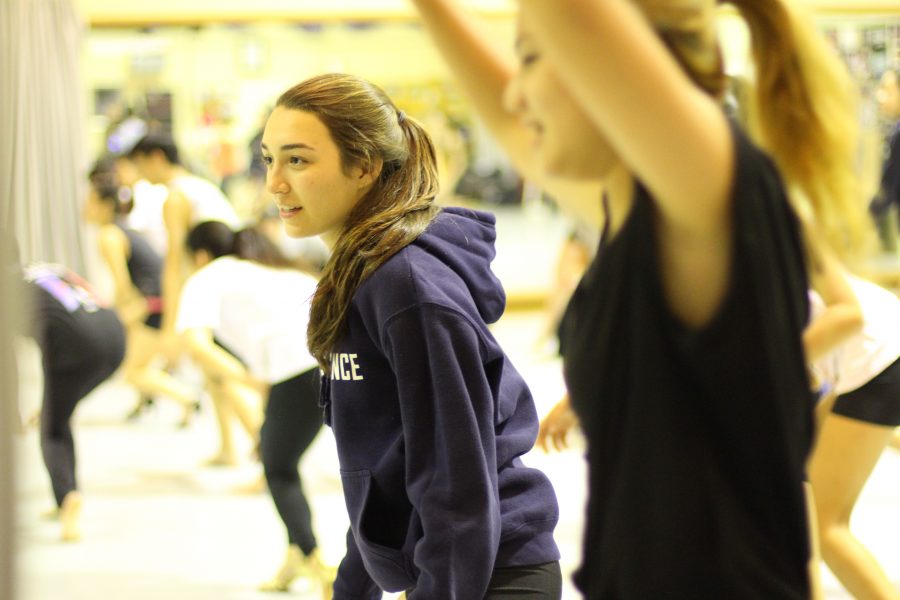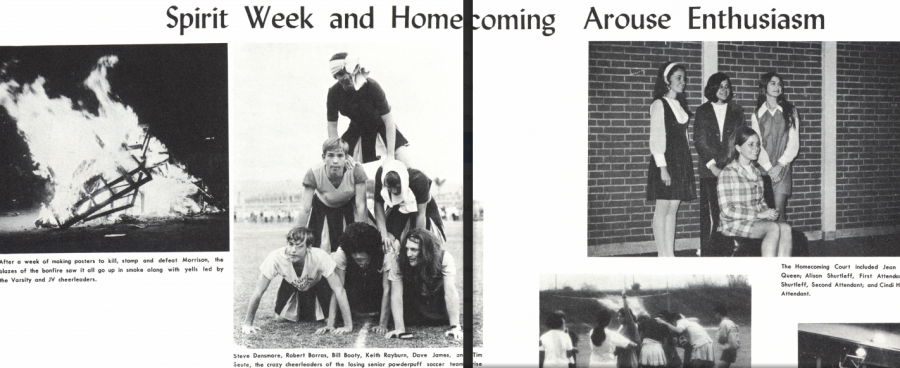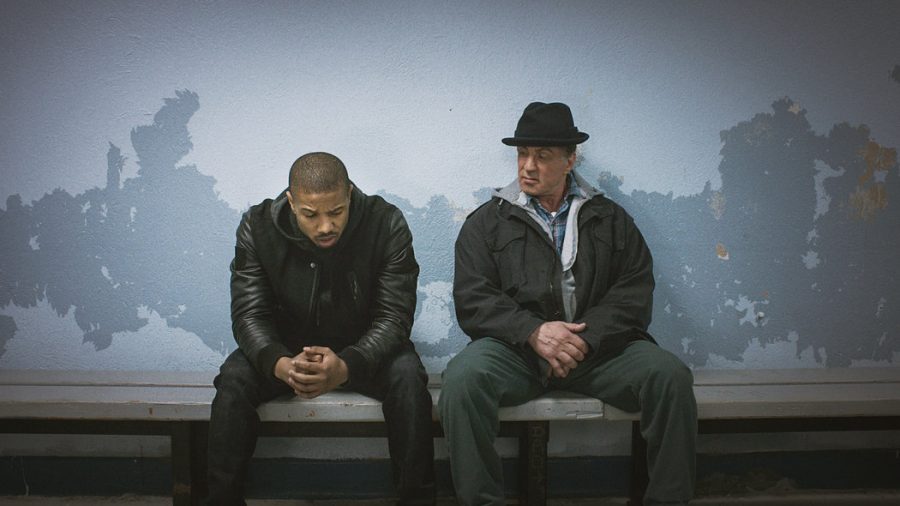“O Romeo, Romeo! wherefore art thou Romeo?” Well, Gracie S. (12) doesn’t actually say these words as this is a dance production of Romeo and Juliet. But we know what she means, as she pirouettes across the stage. Her every move makes it clear as words how much she loves her Romeo.
From Cinderella to Snow White to Sleeping Beauty, the dance productions for the past three years have been about fairy tales with a twist. But this year, dance teachers Ms. Lagerquist and Ms. Flemming decided to take a break from reinventing fairy tales. Instead, they turned to the age-old love story of two young star-crossed lovers –Romeo and Juliet. “The story is always beautiful, no matter when or how it is told,” says Ms. Flemming.
In fact, this is not the first time that a TAS dance production has recreated this classic love story. The 2008 dance production also used the same story, but that’s the only aspect these dance productions share. Everything else – including the music, dance, and costume – is different.
This upcoming production also makes some big changes to the Shakespeare’s tale of love and death. Instead of being Juliet’s caretaker, the nurse is more like Juliet’s confidant, mainly because of their age proximity. In addition, Tybalt, rather than being a young man, is a girl, because “the dancer we thought would fit perfectly with the role of Tybalt happened to be a girl,” according to Ms. Flemming. Since it wasn’t possible to change her gender, they decided to change Tybalt’s gender. She added: “the friar is a 70s flower child, devotee of rock and roll, and the leader of a congregation of free spirits”.
For Ms. Flemming, the most challenging aspect of any dance production is making all the little details fit together. In fact, this has always been the toughest for any dance production. These little details include “moving from the empty dance floor to the stage, making the choreography fit with the set, and filling the gaps and dead spots.”
Choreographing requires the combined efforts of the dance teachers and the dancers. For some scenes, Ms. Flemming and Ms. Lagerquist choreograph everything beforehand, leaving little space for any changes to be made. This is mostly the scenes with big groups and a lot of people. But for other more intimate scenes with only the leads, “we start with an initial concept and framework. From there, we shape the dance with the dancers”, says Ms. Flemming.
“It has always been good, but this year, it’s exceptional,” she said.
The Dance of Two Star Crossed Lovers
November 4, 2014
0


![[KATHERINE MA/THE BLUE & GOLD]](https://blueandgoldonline.org/wp-content/uploads/2021/04/photo.png)




